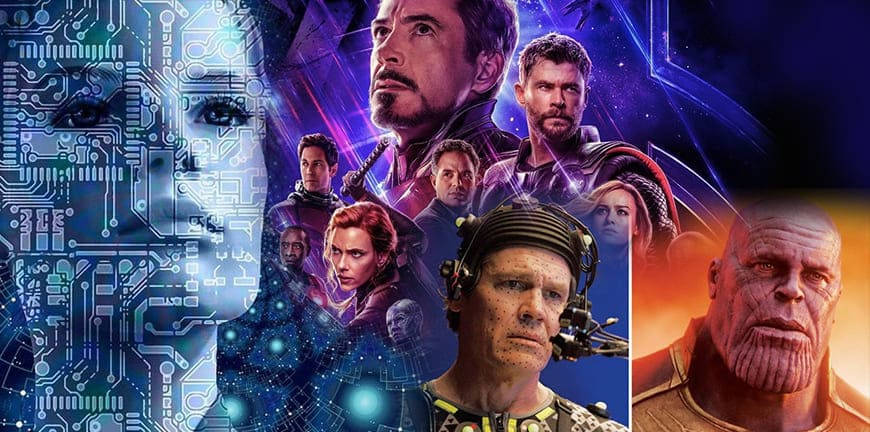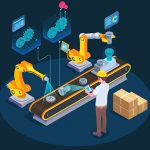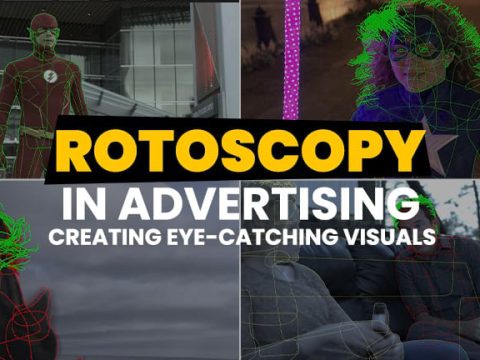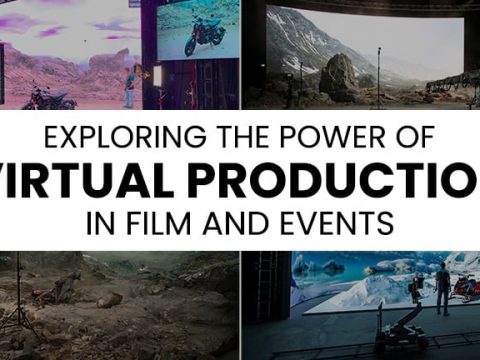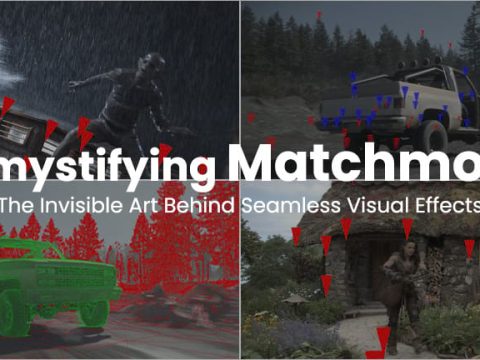
Everything You Need to Know About 3D Industrial Animation Videos
June 12, 2020
Elevate Your Inbound Marketing Strategy with a Killer Explainer Video
June 26, 2020AI, machine learning, and deep learning have become AI, machine learning VFX, and deep learning have become buzzwords in almost every field, whether fintech, healthcare, manufacturing, IT, communication, or animation fintech, healthcare, manufacturing, IT, communication, or animation.
While deep learning or machine learning is not new to VFX studios, a paradigm shift is afoot that reminds us of the ground-breaking impact 3D brought to the animation industry. Then, artists did not have to draw characters from various angles. And now, deep machine learning in VFX has been introduced to make animation faster and more efficient.
What is Deep Learning?
Machine learning in VFX is a broader term; it needs structured data and continuous human input to learn. Deep machine learning in VFX approaches the problem in a non-traditional way. It attempts to match the neural systems of the human brain, and lets the machine learn with the help of artificial neural networks (ANN).
In short, deep machine learning in VFX focuses on learning complex functions by coordinating input with the output from the available data, eliminating the need to depend on human programming explicitly.
Popular examples of applications include self-driving cars, chatbots, animation, voice-activated assistants, auto text generation, image recognition. Yet, when it comes to VFX, how is deep learning expected to change the game?
Deep Learning and Artificial Intelligence in the VFX Industry
Many big production houses like Marvel and DC are now successfully banking on AI tools to create engaging content. Take Avengers: Endgame.
Thanos, the infamous yet much-loved villain, was an output of deep machine learning in VFX. AI tools produced various expressions that mimicked the expressions of actor Josh Brolin as naturally as possible.
The AI tool produced solutions based on a library of high-resolution face scans. Whenever the output did not seem to portray the required emotion, technicians tweaked the model. This information was again provided as an input, which aided the machine in making the next output more superior. Imagine having to manually develop every facial feature!
While deep learning has applications in practically every field, it is expected to revolutionize VFX.
How Deep Learning Impacts the Future of VFX and Animation?
-
How it will affect VFX & Animation studios?
Machine learning VFX will transform digital learning and generate models with computer-created lighting and texturing. Based on the data presented, it can suggest rigs for different characters for automated rigging for other characters.
Another interesting part is its ability to generate new characters by learning through a set of sample characters. This can make animation much more fun and less time-consuming. It is also possible to animate a character inspired by someone else’s style.
In short, it will make it easier to simulate real-life pictures in a way that will make animation much more live and real. Additionally, deep learning can help reduce postproduction time, cut down costs, and assist VFX actors visualize scenes better.
-
How it will impact VFX & Animation jobs?
Though the use of AI tools & deep learning may affect creativity and even take over the jobs of animators and programmers, the truth is deeper and more significant than just that. Evolving is the best way to survive any kind of threat. When computer animation took over the sketch artist’s brushes, it still allowed animators to shift their focus on developing better and original characters that appeared more realistic instead of painstakingly creating images for every movement of the fictional character.
AI tools allow animators to explore their imagination and experiment with different elements.
However, game programmers will still be in high demand as much of traditional programming is involved in making deep learning work, which teaches computers to make deductions from large data sets. A point worth noting is that tons of data are needed to make artificial neural networks (ANN) work. Hence, data collection remains crucial and calls for technical support.
Training for neural network technologies is expected to sell like hotcakes.
To sum up…
Machine learning in VFX has a long way to go, and many challenges remain to be addressed, especially in bridging the gap between the VFX artist and the algorithm. There is a lot of room for R&D in this field. Yet, it remains undisputed that deep learning will prove to be a disruptive technology in the VFX industry.
Is deep learning a new frontier? Yes, it is, and animators have to learn to evolve and adapt to this new technology. In fact, it will help them focus on their creative side by taking on painstaking and tedious tasks. It’s time to explore this new technology to speed up work and take quality to the next level.
At Toolbox Studio, we love pushing the boundaries in all things VFX and animation.

Anoop Chaphekar
A Fine Arts Graduate, Anoop brings 20+ yrs experience in the VFX and Animation industry. He brings his expertise in Animation-VFX for Television Commercials to Visual Effects for feature films, TV and Web series.

